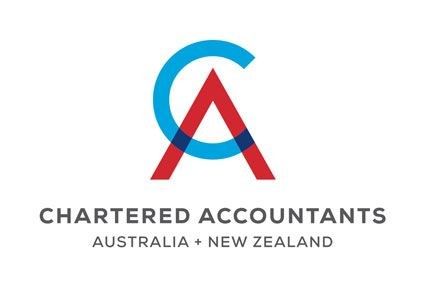IMPORTANT 2018 TAX RETURNS DEDUCTIONS
Whilst much hasn't changed this 2017/18 tax year in amounts that can be claimed in work related deductions, there is a change implemented where any expenses claimed must be calculated prior, so an explanation can be provided when needed. You must be able to show how you calculated the claim.
When completing your tax return, you're entitled to claim deductions for some expenses, most of which are directly related to earning your income.
To claim a work-related deduction:
you must have spent the money yourself and weren't reimbursed
it must be directly related to earning your income
you must have a record to prove it.
If the expense was for both work and private purposes, you can only claim a deduction for the work-related portion. Work expenses reimbursed to you by your employer are not deductible in your personal income tax return. The ATO can seek information from your employer if it suspects you have claimed as a deduction an expense for which you have already been reimbursed.
For more info click on the link below to Deductions you can claim in the ATO website or contact us.
Work-related clothing and laundry claims are on notice this tax time as part of the ATO’s broader push to quash "automatic entitlement" claims.
According to the tax office, clothing claims have risen by 20 per cent over the last five years, with 6 million people claiming nearly $1.8 billion in laundry expenses last year.
“While many of these claims will be legitimate, we don’t think that half of all taxpayers would have been required to wear uniforms, protective clothing, or occupation-specific clothing,” Assistant Commissioner Kath Anderson said.
“Around a quarter of all clothing and laundry claims were exactly $150, which is the threshold that requires taxpayers to keep detailed records. We are concerned that some taxpayers think they are entitled to claim $150 as a ‘standard deduction’ or a ‘safe amount’, even if they don’t meet the clothing and laundry requirements.
“Just to be clear, the $150 limit is there to reduce the record-keeping burden,but it is not an automatic entitlement for everyone. While you don’t need written evidence for claims under $150, you must have spent the money, it must have been for uniform, protective or occupation-specific clothing that you were required to wear to earn your income, and you must be able to show us how you calculated your claim.”
The ATO has embarked on a large-scale education campaign in the build up to tax time 2018, after it received a $130.8 million boost from the government to increase compliance activities targeting individual taxpayers and tax agents, as announced in the budget last month.
RECORDS YOU NEED TO KEEP
During the financial year you'll receive documents that are important for doing your tax, such as payment summaries, receipts, invoices and contracts.
Generally, you need to keep these for five years from when you lodge your tax return in case we ask you to substantiate your claims.
Records you need to keep include:
payment summaries from payers, including your employer and the Department of Human Services
statements from your bank and other financial institution showing the interest you've earned
dividend statements from companies
summaries from managed investment funds
receipts or invoices for equipment or asset purchases and sales
receipts or invoices for expense claims and repairs
contracts
tenant and rental records.
If your total claim for work-related expenses is more than $300, you must have written evidence to prove your claims.
If you acquire a capital asset - such as an investment property, shares or managed fund investment - start keeping records immediately because you may have to pay capital gains tax if you sell the asset in the future. Keeping records from the start will ensure you don't pay more tax than necessary.





